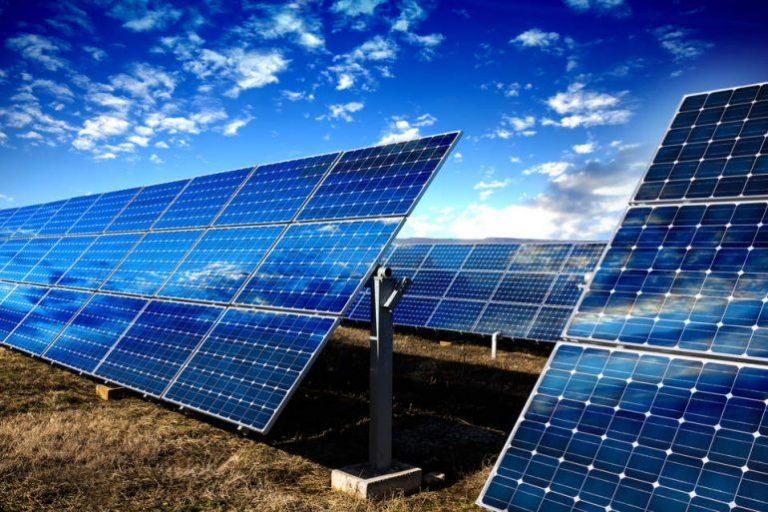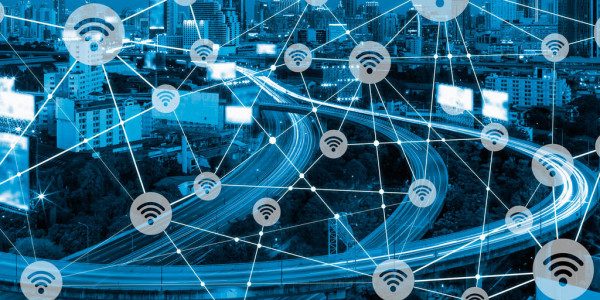Advantages of installing photovoltaic systems
The installation of photovoltaic systems is important for the production of electricity because it is a very profitable investment in the long term. When light falls on the photovoltaic system module, electrons are released in the solar cells. Positive and negative charge carriers are collected on the electrical contacts, whereby a direct voltage is generated between the front and back of the cell. This photoelectric effect takes place without mechanical or chemical reactions and is therefore wear-free and maintenance-free. The direct current produced by the solar generator is then converted by the inverter into alternating current suitable for the grid (230 or 400 volts of alternating voltage at 50 Hz). Proven safety standards, the latest processor technology, as well as the latest generation electronics ensure effective conversion of solar electricity. Incentive purchase prices for self-produced electricity and rising electricity costs motivate the development of an optimized energy concept for single-family and multi-family houses. In the meantime, it is financially more attractive to use solar electricity in your own home – the more, the better. The use of a system for storing electricity from own production increases the consumption of own electricity and significantly reduces consumption from the grid.
What kind of photovoltaic system do I need?
 Installation of photovoltaic systems Installing photovoltaic systems will reduce your annual electricity consumption and your bill. Of course, the bigger the system, the bigger the benefit. To get the most out of solar energy, the key is to implement simple energy efficiency strategies. It”s easy to save energy by using proper lighting and efficient appliances. Use of high power appliances such as electric heaters, electric hot water systems and air conditioners etc. It”s really not economical. In short – all your energy can be obtained from solar energy, and your budget and daily energy consumption will determine the size of your solar system. Several aspects need to be evaluated to determine if your home is a good place, such as orientation, available space, shadows and current electricity consumption. The best location will be one with suitable south-facing roofs that have no shade. Variations in this regard will reduce the productivity of the system. In any case, it is best to consult the experts in this field for more detailed information.
Installation of photovoltaic systems Installing photovoltaic systems will reduce your annual electricity consumption and your bill. Of course, the bigger the system, the bigger the benefit. To get the most out of solar energy, the key is to implement simple energy efficiency strategies. It”s easy to save energy by using proper lighting and efficient appliances. Use of high power appliances such as electric heaters, electric hot water systems and air conditioners etc. It”s really not economical. In short – all your energy can be obtained from solar energy, and your budget and daily energy consumption will determine the size of your solar system. Several aspects need to be evaluated to determine if your home is a good place, such as orientation, available space, shadows and current electricity consumption. The best location will be one with suitable south-facing roofs that have no shade. Variations in this regard will reduce the productivity of the system. In any case, it is best to consult the experts in this field for more detailed information.
Optimal turning of the panel towards the Sun
It is always best to point the panels towards the south with the ideal tilt angle depending on the geographical location and time of year. The sun”s rays should fall steeply on the panel. The ideal situation in Europe is to have a south-facing roof with an angle of between 40 and 60 degrees, or, even better, a flat roof or surface on which we can adjust the panels at will. Deviations from these values u200bu200bmay be made if necessary or for aesthetic reasons, in order to fit them into existing architectural structures. The future of photovoltaic systems will depend to a large extent on the harmonious integration of panels in building construction.
Prices for installation of photovoltaic systems
There are two reasons why households or companies decide to install photovoltaic systems on the roofs of houses or companies. The first is economic because this investment will reduce their monthly electricity bills, companies will additionally provide competitiveness and efficiency in business, and the second is increasingly ecological and the desire of both individuals and the business sector to contribute to a cleaner and healthier environment through the production of energy from renewable sources Installing a photovoltaic system for citizens costs several thousand euros.
Become an active participant in the electricity market
Households can install solar panels on their buildings that they will use to supply their own consumption, whereby they will be able to deliver excess electricity to the power system or store it in their own warehouses for later use. Citizens within this category can have a direct benefit, that is, lower bills for consumed electricity. Namely, if the customer-producer consumes less electricity than it produces during one month, the difference will be transferred to the following month, as a type of guaranteed subscription. That is, the consumer will use that amount of electricity later. When he does not produce enough electricity from his solar panels, the consumer will provide the necessary amounts from the grid.






